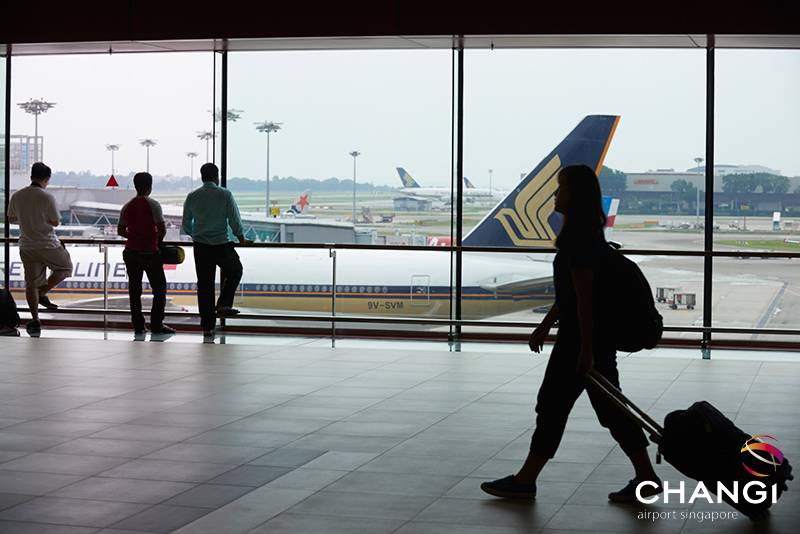Passengers are not yet feeling the full force of rising oil prices as airlines struggle to pass on the higher cost as increased fares, a major airline industry group says.
Association of Asia-Pacific Airlines director general Andrew Herdman said airfares were edging upwards but needed to go higher to reflect increased fuel prices.
Although passenger numbers and loads were up, airline yields (a measure of average airfares) had not reflected the fact that oil prices were rising,
“That rise in oil prices has continued relentlessly this year and that’s been biting airlines, depending on the extent to which they’re hedged,’’ Herdman told reporters in Korea Thursday.
“The question has been how much of the fuel cost can be passed on in the average fares and that varies dramatically by market.
“But in general there is a lag and so margins have been under pressure.’’
Herdman said the impact varied by market and had been lower in the US, where profits had come down a little but were still significant.
Results so far this year showed that Asian airlines had found it difficult to pass on the full cost impact of oil prices, reducing margins and profitability.
“Overall, I still suspect Asian airlines in aggregate to make substantial profits but it seems pretty clear that it will be lower than the levels we’ve seen in recent years,’’ he said.
“As usual, it’s a very mixed picture by market and it’s interesting that the fastest growing market, which is India, has the worst profitability.”
The AAPA boss said increased efficiency at airlines had helped offset some of the higher fuel costs
“But there’s no escaping the fact that higher oil prices feed into higher fares and it’s not complete,’’ he said, noting that the trend was global and that it had meant the demise of some smaller airlines in Europe.
He did not believe the increased oil prices would hurt travel demand or consumer confidence.
Oil prices are among a number of issues being discussed at the Kuala Lumpur-based AAPA’s annual Assembly of Presidents, which brings together the heads of many of the fast-growing region’s major airlines.
READ: Where the airline and hotel price rises will be in 2019
Other issues being discussed at the meeting in Jeju, South Korea, include the need for new infrastructure, safety and environmental sustainability.
The region’s strong growth means that infrastructure is a particularly thorny issue with the need for new airports, runways, terminals and air traffic control capacity need to match an influx of new aircraft.
There is also a need for big numbers of pilots, cabin crew and technicians.
The association revealed that growth in the Asia-Pacific continues to forge ahead with the increase in international passenger traffic well above the long-term trend for the first eight months of the year.
Cargo traffic growth, while moderating after a big jump last year, was up by 4.8 percent in the same period.
Herdman said passenger growth was broadly based across leisure as well as business and other premium traffic.
The rise of premium economy was continuing in the region, he said, although there was still no definitive description of the class and consumers were left to work out which airlines were offering the product and with what characteristics.
“But there’s a big gap between flatbed business and economy, particularly with densification and stripped down fares,’’ he said.
“The gap between those two products is very large so premium economy fits into that category.”
A major concern of airlines was whether premium economy would see passengers downgrade from business class or upgrade from economy.
Herdman said it was still unclear where that balance lay but it appeared to be “an upgrade path for people flying economy who are prepared to pay a premium for additional legroom and comfort”.
Steve Creedy traveled to Jeju courtesy of Korean Air and the AAPA.
























